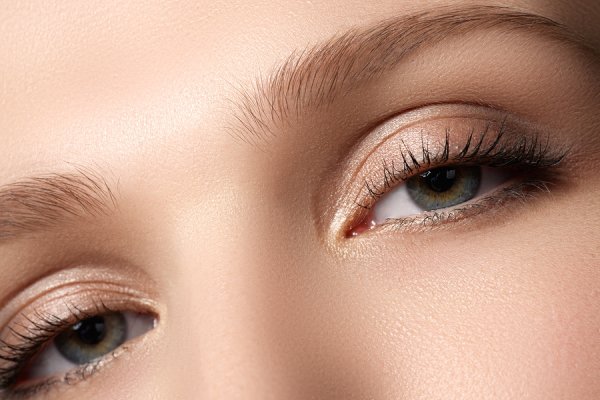
The Importance of Blinking
Blinking is something we all do every minute, whether you think about it or not. The average person blinks 15-20 times per minute, or about 1,200 times per hour. So why do we sweep our eyelids over our eyeballs so much? Because it’s incredibly beneficial for your eyes and health.
Why do we have to blink?
Although you may not thinking of blinking as a major component of your health care routine, if you didn’t blink for extended periods you’d be at higher risk of eye infection, would have uncomfortable, dry eyes, and would have decreased clarity of vision. The most important benefit of blinking is that it cleans the surface of your eye of any debris and washes it out with fresh tears. The coating of tears helps sharpen your vision, clearing and brightening the image your retina receives. Blinking also nourishes your eye with oxygen and nutrients, keeping your eyes healthy and comfortable.
But many of us blink far more often than is necessary for simply lubricating and cleaning the eyeball. Scientists from Japan delving into this question have suggested that blinking may actually serve as momentary rest for the brain. The research isn’t conclusive, but it does demonstrate that we’re not just blinking to lubricate our eyes. The research suggests that blinking might also be used to momentarily disengage from the world around us to collect our thoughts and refocus.
Blinking to avoid digital eye strain
All these benefits are especially important to your eyes when sitting in front of a computer or using another screen. When you’re doing focused digital work, your blink rate typically decreases, meaning your eyes are losing out on cleaning and nourishment. Making a conscious effort to blink every 10 to 15 seconds will keep your vision sharper while you work and prevent your eyes from feeling as strained at the end of your work.
Blinking with contact lenses
Wearing contact lenses regularly can dissuade frequent blinking because it can be uncomfortable for your eyelid to close over the foreign surface. But the benefits of blinking and rewetting the surface of your eye far outweigh that discomfort. Frequent, full blinking can help keep your eyes from becoming itchy or irritated, can cut down on the amount of solution or eye drops you need to use and can provide cleaner contact lenses accompanied by better vision.
If you’re struggling to build a new habit of blinking, the National Keratoconus Foundation recommends practicing blinking exercises daily. The foundation suggests setting aside five one-minute sessions spread throughout the day every day for two weeks to blink. During each minute, look each of the five forward directions (up, down, left, right, center) and blink ten times in each direction. You should make sure your eyes are closing fully, but don’t squeeze your lids tight. The more you blink, the more comfortable you’ll get with blinking.

